The release of Invincible as an animated series on Amazon Prime has reignited interest in Robert Kirkman's beloved comic book universe. With its mix of brutal action, complex characters, and morally ambiguous storytelling, the series quickly became a fan favorite.
However, adapting such a rich and sprawling narrative for television inevitably led to changes: some subtle, others significant.
In this article, we'll explore the key differences between the animated series and the comics, analyze why the third season fell short of expectations, and examine how these adaptations impact the overall story.
From Page to Screen: Key Differences Between the Animated Series and Comics
 Image: amazon.com
Image: amazon.com
Mark Grayson’s Journey: Compression vs. Gradual Growth
One of the most striking differences lies in the portrayal of Mark Grayson, the protagonist. In the comics, his transformation into a superhero unfolds over an extended period. Readers witness his gradual development, from discovering his powers to grappling with the moral complexities of being a hero. This slow burn allows for deeper exploration of his character arc and the challenges he faces.
In contrast, the animated series condenses Mark's journey significantly. His evolution is more rapid and intense, adding urgency to the plot but sacrificing some of the depth found in the comics. While this change keeps viewers engaged, it may leave long-time fans feeling that certain aspects of Mark's growth were rushed or underdeveloped.
Supporting Cast Dynamics: Who Gets More Screen Time?
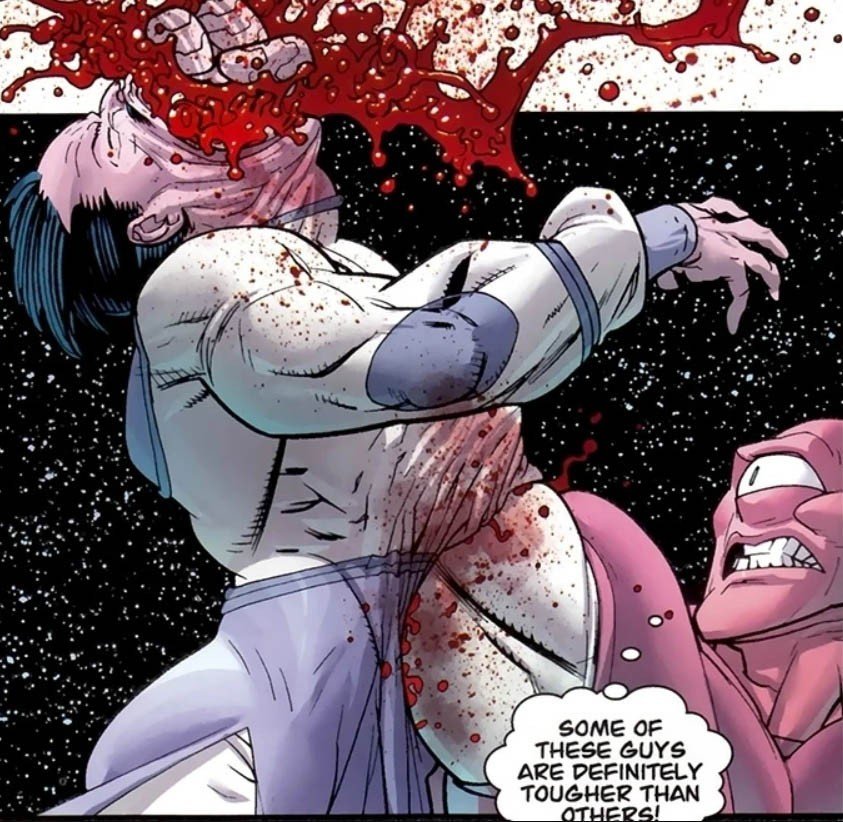 Image: amazon.com
Image: amazon.com
The supporting cast undergoes notable shifts in the transition from comics to screen. Some characters gain prominence, while others are relegated to secondary roles. For instance, Allen the Alien becomes a more central figure in the animated series, providing both humor and insight into the broader universe. His expanded role adds levity and balance to the otherwise grim tone of the show.
On the other hand, characters like Battle Beast receive less screen time, which might disappoint fans who enjoyed their antics in the comics. These adjustments reflect creative decisions made to streamline the narrative and cater to a wider audience.
Antagonists: Simplified Motivations for Pacing
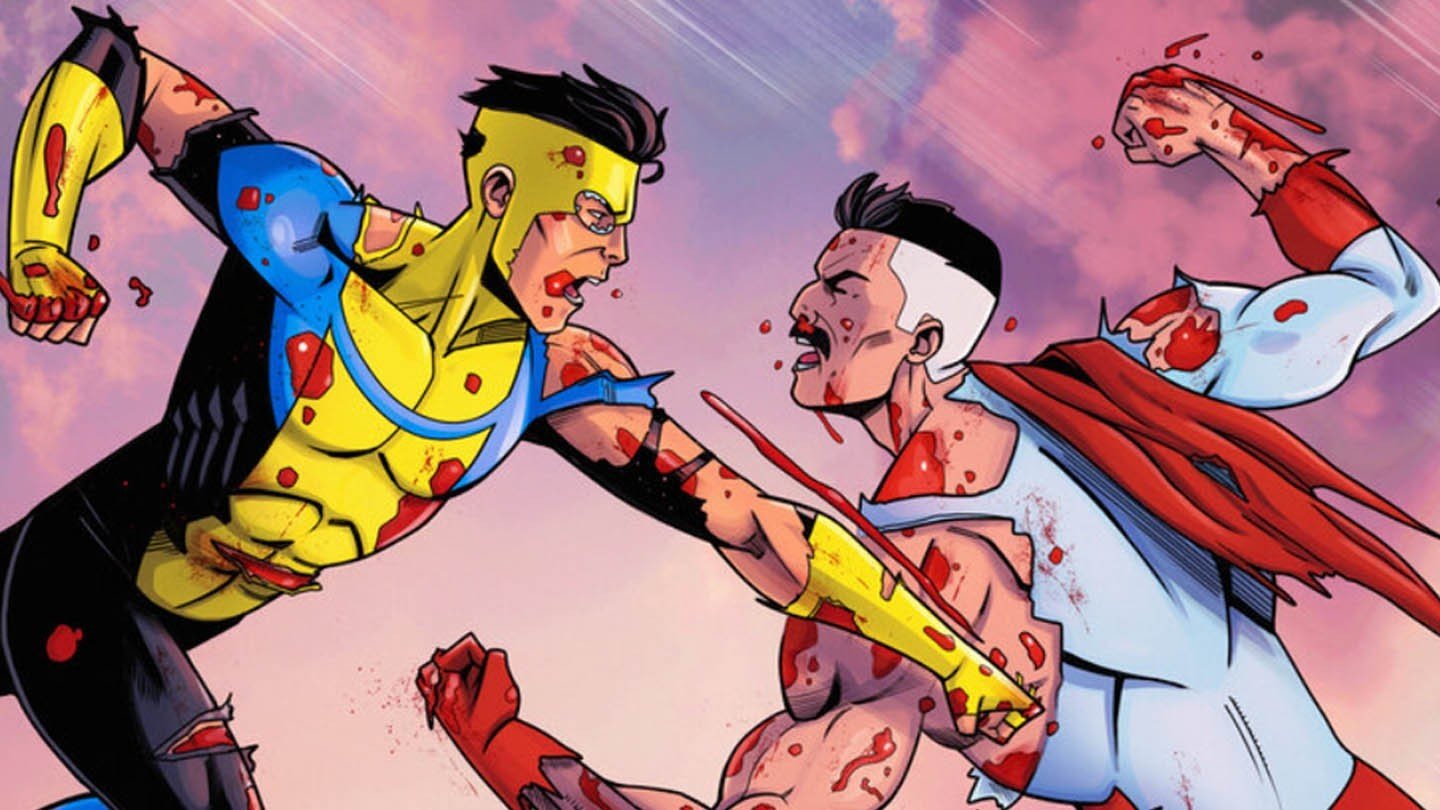 Image: amazon.com
Image: amazon.com
Villains like Conquest and the Shadow Council receive nuanced treatment in the comics, where their motivations and backstories are explored in detail. The animated series simplifies these elements for pacing purposes, focusing instead on high-stakes confrontations and spectacle. While this approach makes the story more accessible, it risks oversimplifying the complexity of these antagonists.
For example, Omni-Man's betrayal in the series feels more immediate and visceral than in the comics, where his descent into villainy is foreshadowed over several issues. This shift alters the emotional resonance of key moments and changes how audiences perceive the villains.
Action Sequences: Enhanced Visuals and Choreography
 Image: amazon.com
Image: amazon.com
The animated series excels in its depiction of action sequences, leveraging animation's potential for dynamic choreography and special effects. Battles are intensified visually, creating a sense of scale and intensity that rivals live-action blockbusters. Scenes like the fight against the Viltrumites or the clash with Conquest are brought to life with stunning detail and creativity.
However, these enhancements sometimes diverge from the original depictions in the comics. Fans familiar with the source material may notice discrepancies in how certain battles play out, though these changes generally serve to elevate the spectacle rather than detract from it.
Thematic Exploration: Emphasis on Morality and Legacy
 Image: amazon.com
Image: amazon.com
Thematic exploration also varies between the two formats. The TV adaptation places greater emphasis on themes like morality, power, and legacy, reflecting the unique demands of episodic storytelling. For instance, Mark's struggle to reconcile his father's actions with his own sense of justice is given more screen time in the series.
Meanwhile, other themes such as the philosophical implications of superhuman existence—are downplayed slightly. This creative choice ensures that the narrative remains focused and digestible, even as it tackles weighty topics.
Season 3 Critique: Why the Magic Fades
Despite the critical acclaim surrounding its first two seasons, Invincible 's third installment has left many fans feeling underwhelmed. What went wrong? Let's break it down with some Spoilers:
Repetitive Storylines: Treading Familiar Ground
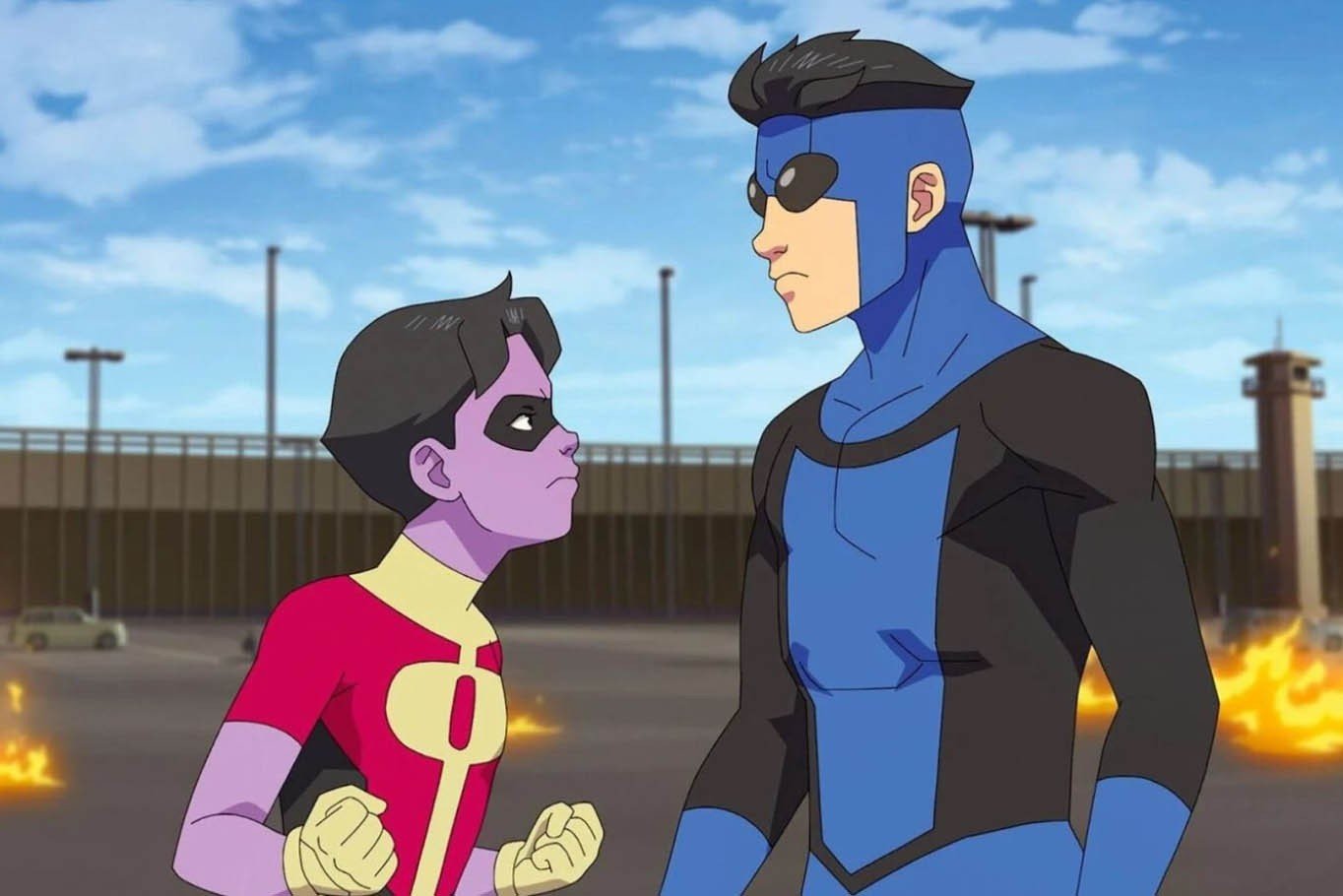 Image: amazon.com
Image: amazon.com
A recurring complaint about Season 3 is its reliance on familiar tropes and storylines. One of the series' strengths in earlier seasons was its ability to surprise and subvert expectations. Whether it was the shocking reveal of Omni-Man's true nature or the mind-bending adventures in alternate realities, the show consistently kept viewers on edge.
Unfortunately, Season 3 revisits many of these themes without offering anything new. Mark's internal conflict about his father's legacy, for instance, resurfaces yet again this time centered around his younger brother. While the premise is intriguing, it feels redundant after similar arcs were explored in previous seasons.
Cecil's Subplot: A Missed Opportunity
 Image: amazon.com
Image: amazon.com
Cecil's subplot where he reprograms criminals into model citizens is one of the more interesting additions to the season. However, it falls flat due to its overly idealistic portrayal. In a world defined by moral ambiguity, Cecil's solution feels almost naive, making Mark's extreme reaction seem out of place.
Fans might find themselves wondering,
If it weren't for Cecil, you'd be dead, and the world would be burning!
This disconnect undermines the emotional weight of the conflict and leaves the subplot feeling unresolved.
Lackluster Action: Where Did the Spark Go?
Even the action sequences, once the highlight of the series, fail to deliver the same excitement. Blood still flows freely, punches land with satisfying force, and beloved characters meet tragic ends. Yet, these moments lack the emotional resonance they carried in earlier seasons.
 Image: amazon.com
Image: amazon.com
Scenes that once thrilled now feel repetitive. When clones or Omni-Man brutally assaulted Mark in past seasons, the tension was palpable. By comparison, similar setups involving strange robots in Season 3 leave viewers indifferent. The absence of genuine stakes makes these moments feel hollow.
Slow Start: Building Momentum Too Late
 Image: amazon.com
Image: amazon.com
Another issue with Season 3 is its sluggish start. The first three episodes introduce generic villains and uninspired threats, such as bizarre worms, failing to establish a sense of urgency. While things may pick up later, Invincible typically dazzles early on, making this slow burn particularly frustrating.
By the time the season gains momentum, much of the initial excitement has waned. Fans eager for another thrilling ride are left waiting too long for the payoff.
Balancing Adaptation and Innovation
The Invincible animated series successfully captures the spirit of Robert Kirkman's comics while introducing necessary modifications for television audiences. By compressing timelines, shifting character dynamics, and enhancing action sequences, the show creates a unique viewing experience that appeals to both newcomers and longtime fans.
 Image: amazon.com
Image: amazon.com
However, as Season 3 demonstrates, maintaining this balance can be challenging. When adaptations rely too heavily on familiar tropes or sacrifice depth for spectacle, they risk losing what made the original material special. Moving forward, the series must find ways to innovate and surprise, ensuring that its story continues to resonate with viewers.
Whether you're a die-hard comic fan or a newcomer to the world of Invincible , there's no denying the series' impact on modern animation. As it evolves, so too does our understanding of what makes great storytelling: and why it matters.
Why Fans Should Still Watch (Read With Caution)
 Image: amazon.com
Image: amazon.com
Despite its shortcomings, Invincible remains an engaging and visually impressive series. Its ultra-violent action, compelling characters, and thought-provoking themes continue to captivate audiences. If you're already invested in the story, there's plenty of reason to stick around and see how the season unfolds.
That said, don't expect the same fireworks that made the first two seasons so memorable. The spark that once defined Invincible seems to have dimmed, leaving viewers with a solid but ultimately unspectacular continuation of the story. As always, hope remains that future episodes will deliver the goods.
But will they be able to catch up with the degree, because we are dealing with a finished work and a powerful primary source, which the authors of the series follow almost rigorously?
We'll see.
Main image: amazon.com

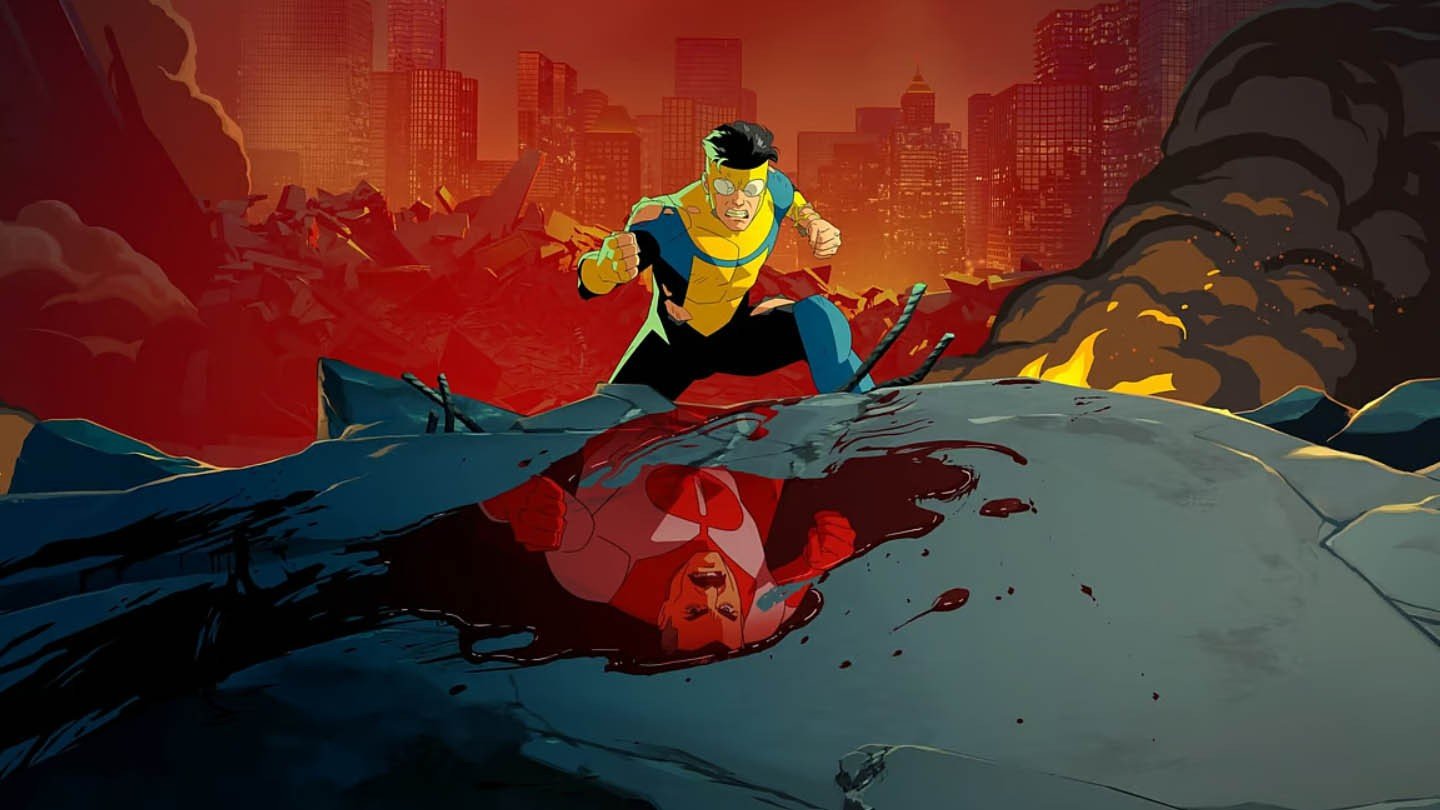
 Alexander "peter bjorn" Fadin
Alexander "peter bjorn" Fadin

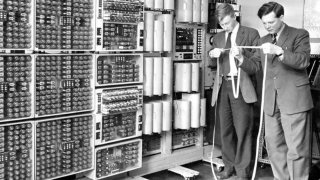
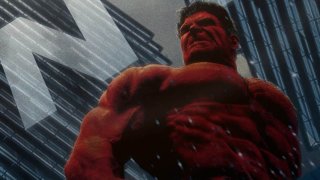
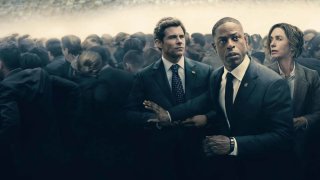
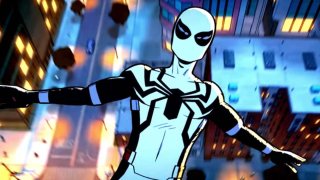
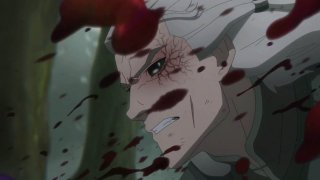
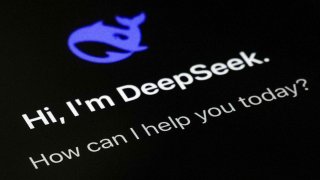
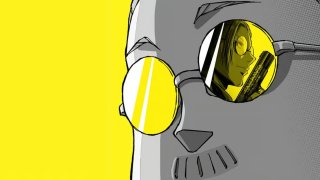
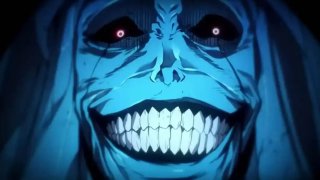
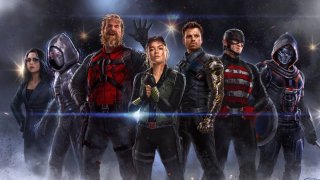
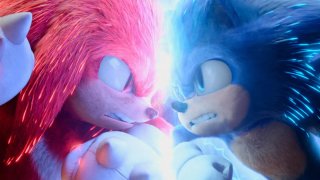
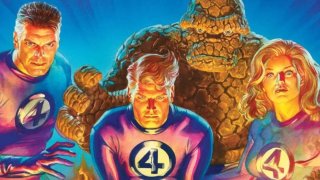
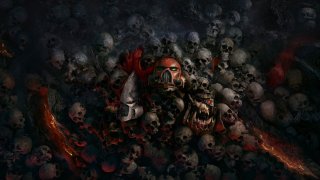
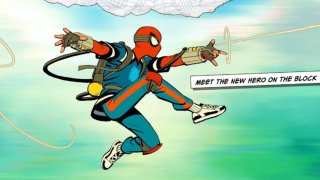

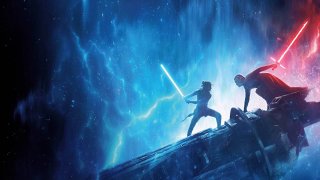
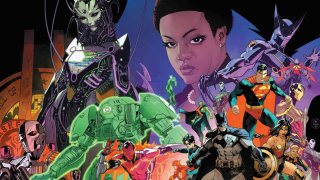
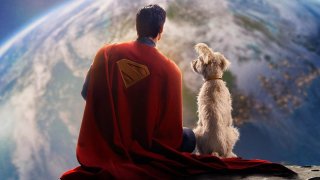
0 comments